A Guide to Sunspot Magnetic Configuration
Sunspots are regions of the sun where magnetic fields are especially potent, creating dark spots in certain observing filters (such as H-alpha). These spots are also known as active regions, bright and dynamic areas made of loops of magnetic field and solar material, in other observing filters. This guide is specifically focused on sunspots observed using the Helioseismic and Magnetic Imager (HMI) instrument aboard the Solar Dynamics Observatory (SDO), but does use the Michelson Doppler Imager (MDI) instrument aboard the Solar and Heliospheric Observatory (SOHO) .
There are eight magnetic field configurations in Hale Classification of sunspots/magnetic field configurations (1). In the first column are example images of sunspots mainly from 2023-2024, exceptions noted; on the left hand side are HMI Continuum (yellow) for sunspot images and on the right hand side are the HMI Magnetogram (grey) showing the magnetic field configuration images of the sunspots. The second column contains information on a description/identification and any additional information of each sunspot class.
Solar Magnetic Field Configuration | Description |
α – Alpha
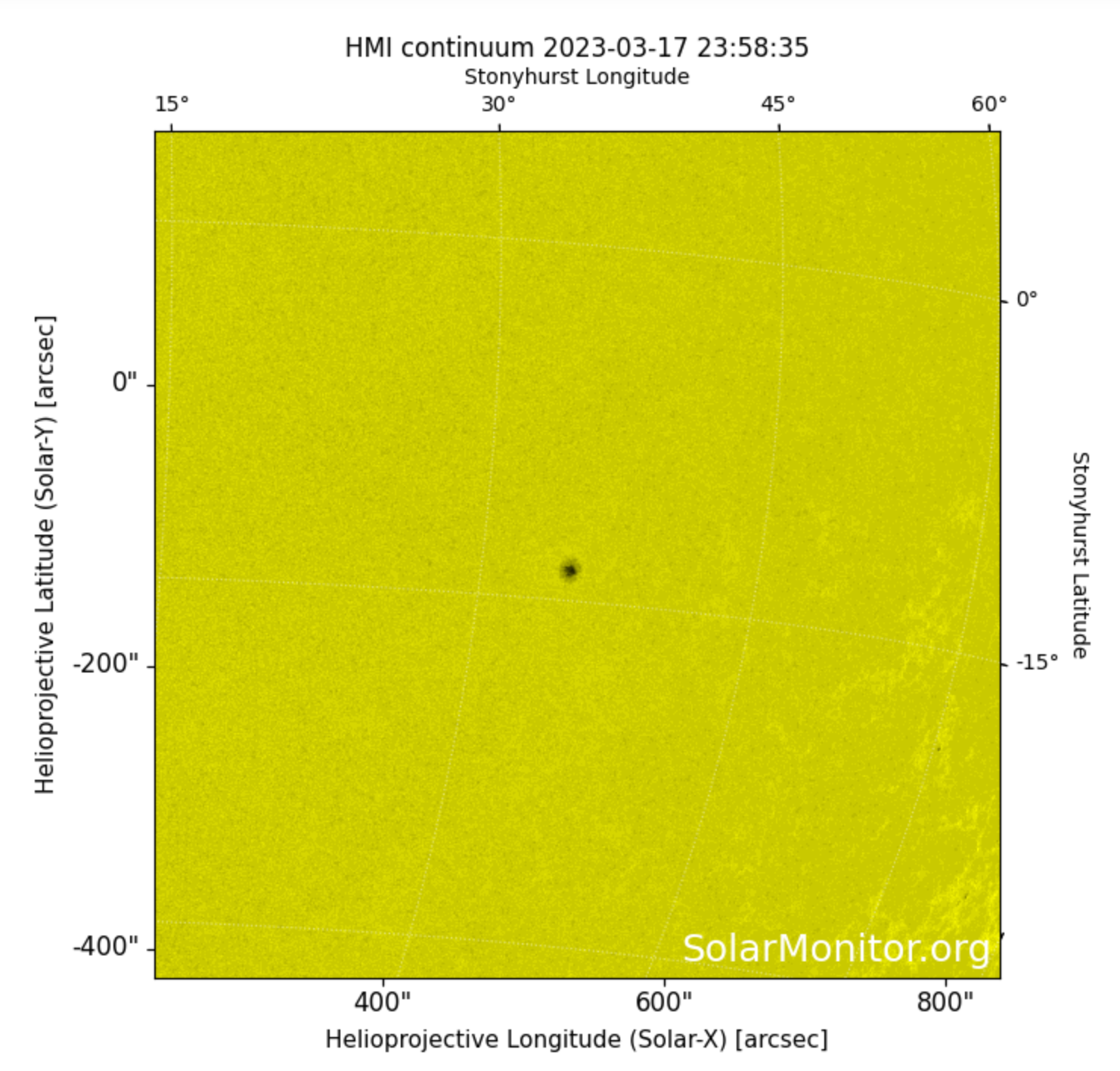 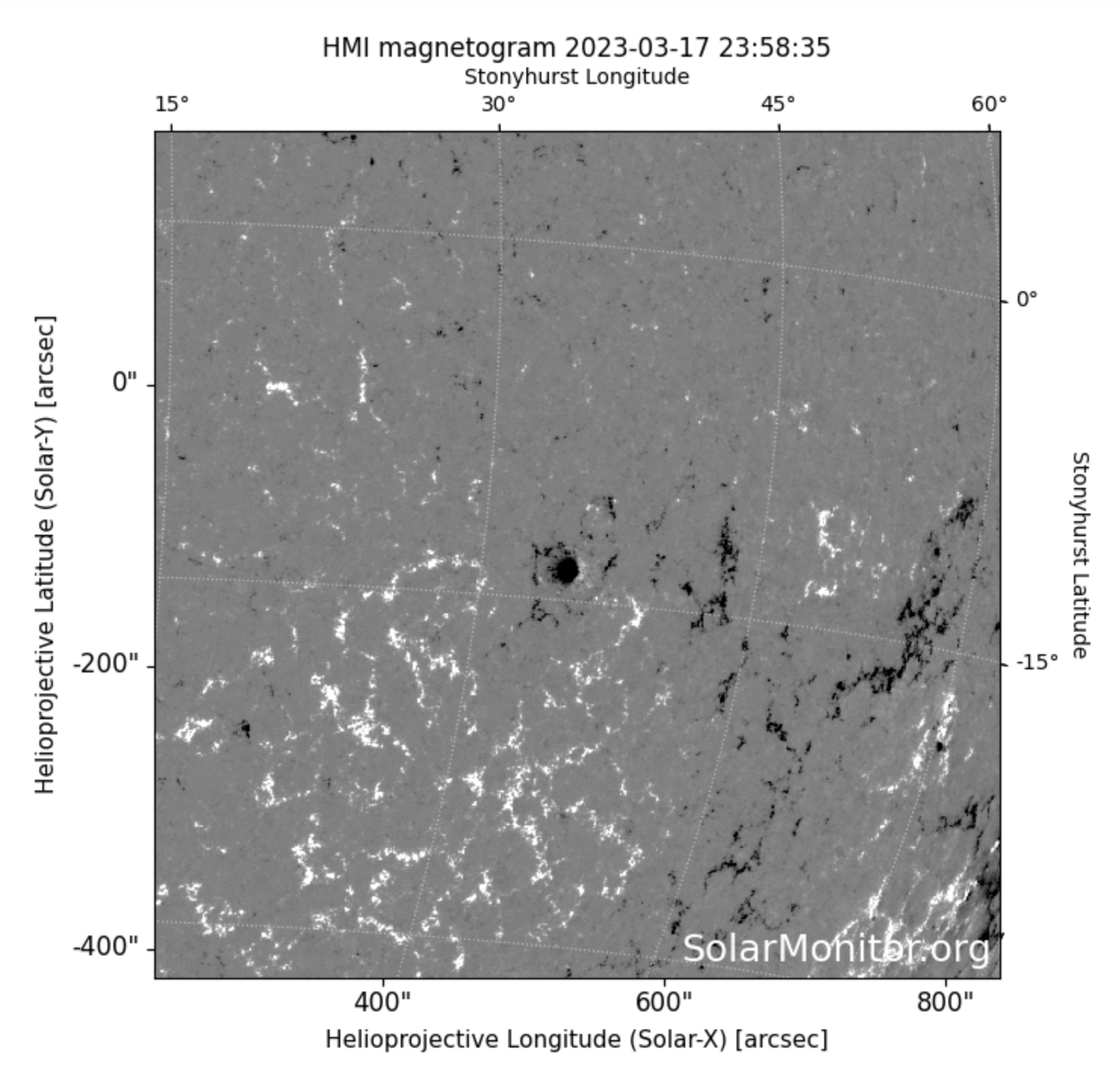 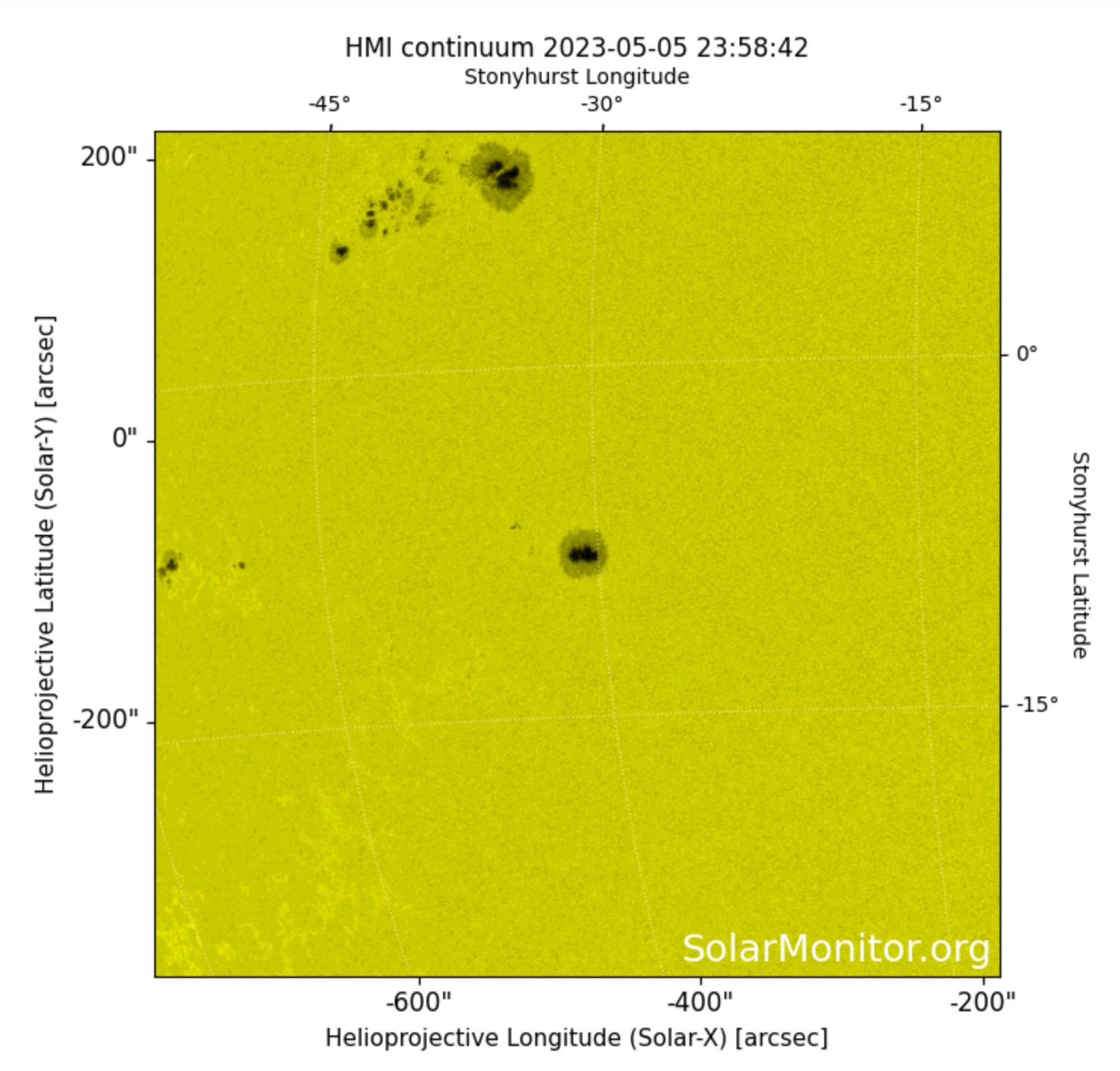   
| Unipolar magnetic field, the same polarity (positive or negative), sunspot group (2) |
β – Beta
 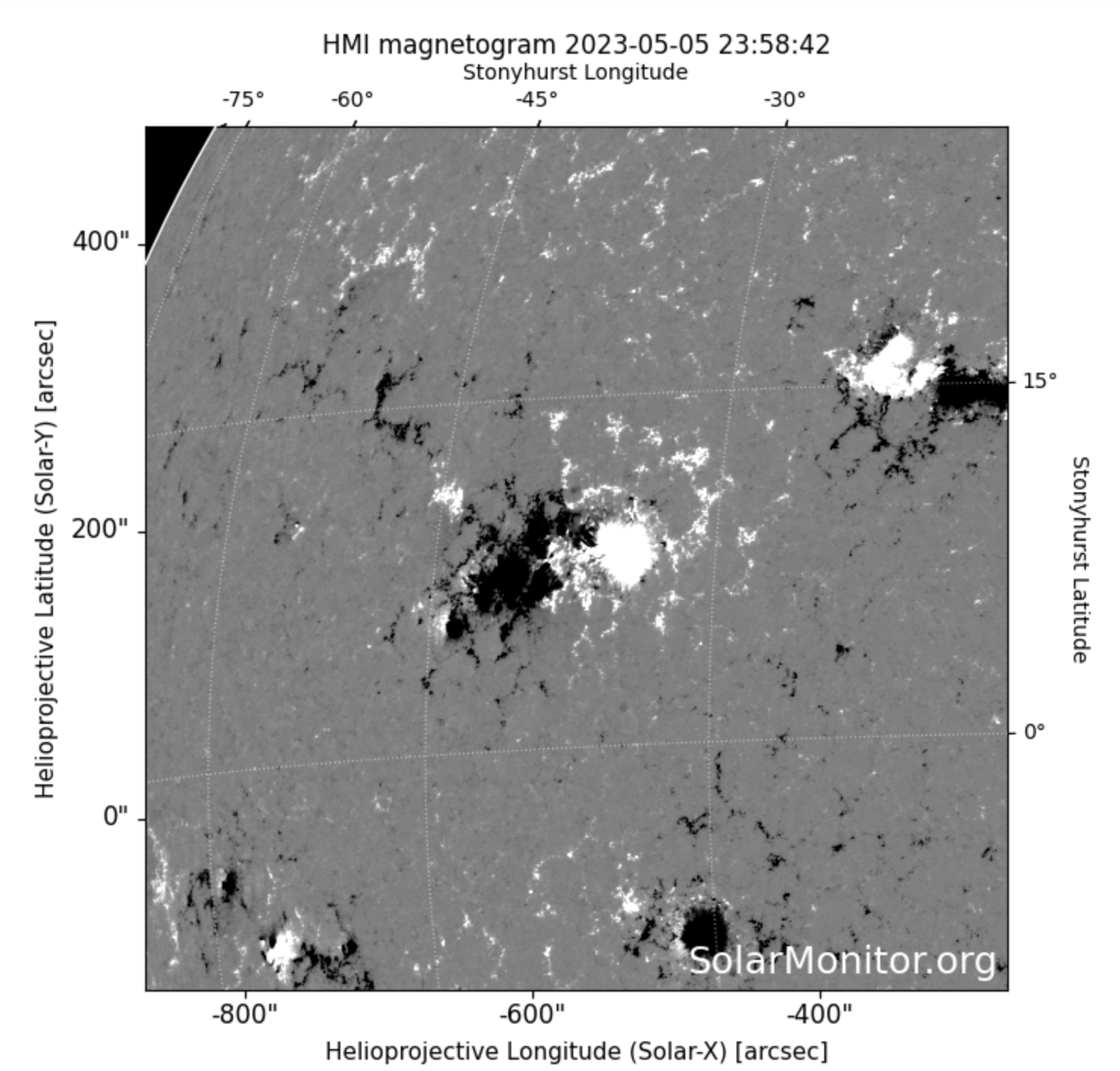
 
 
| Bipolar (negative-positive) magnetic fields with simple division between polarities |
γ – Gamma
 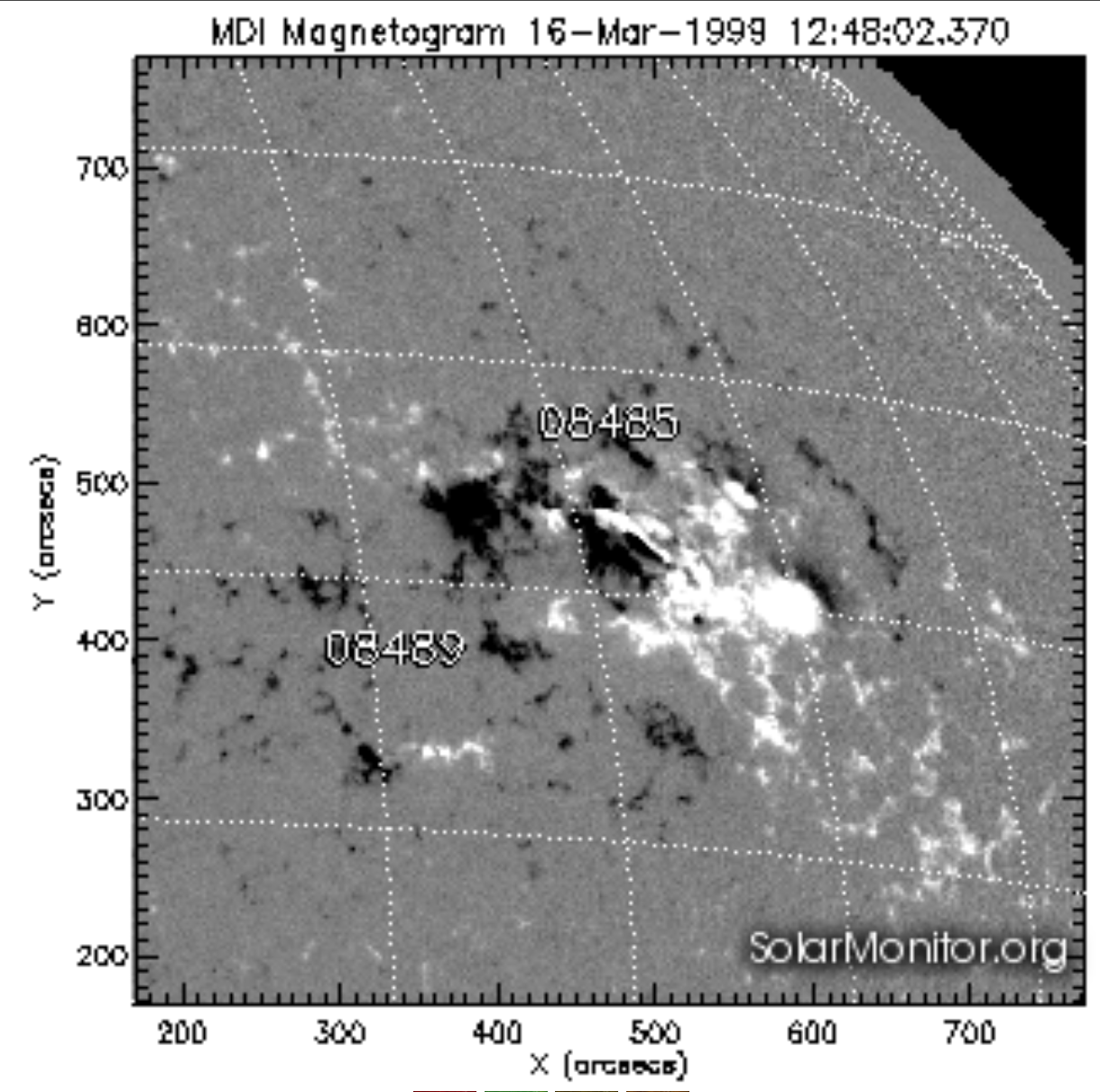
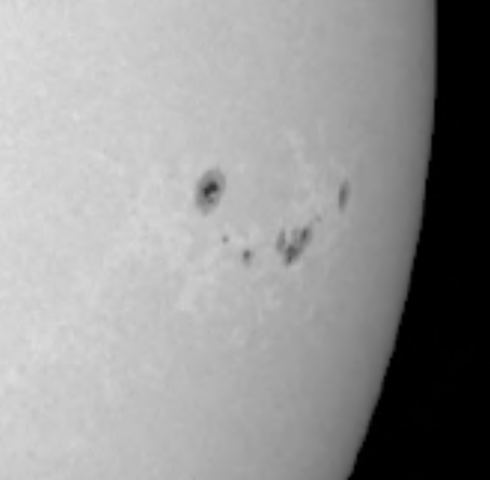 
| Complex region where positive and negative polarities are not clearly divided or is an addition to beta spots that have intermixed polarity Gamma designated spots are quite rare, the examples to the left are from 1999 and 2004 |
β-γ – Beta-gamma
 
 
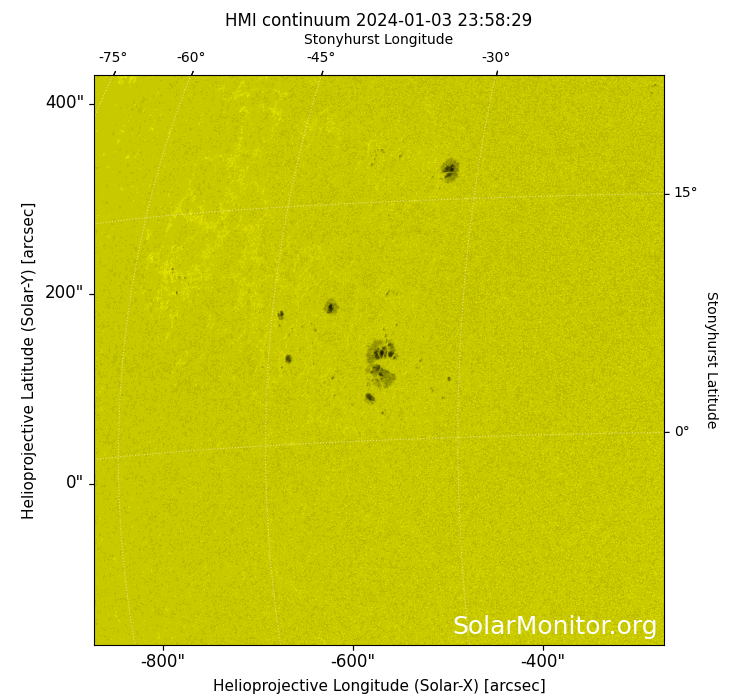 
| A bipolar sunspot group that has enough complexity where a clear division cannot be drawn |
δ – Delta
 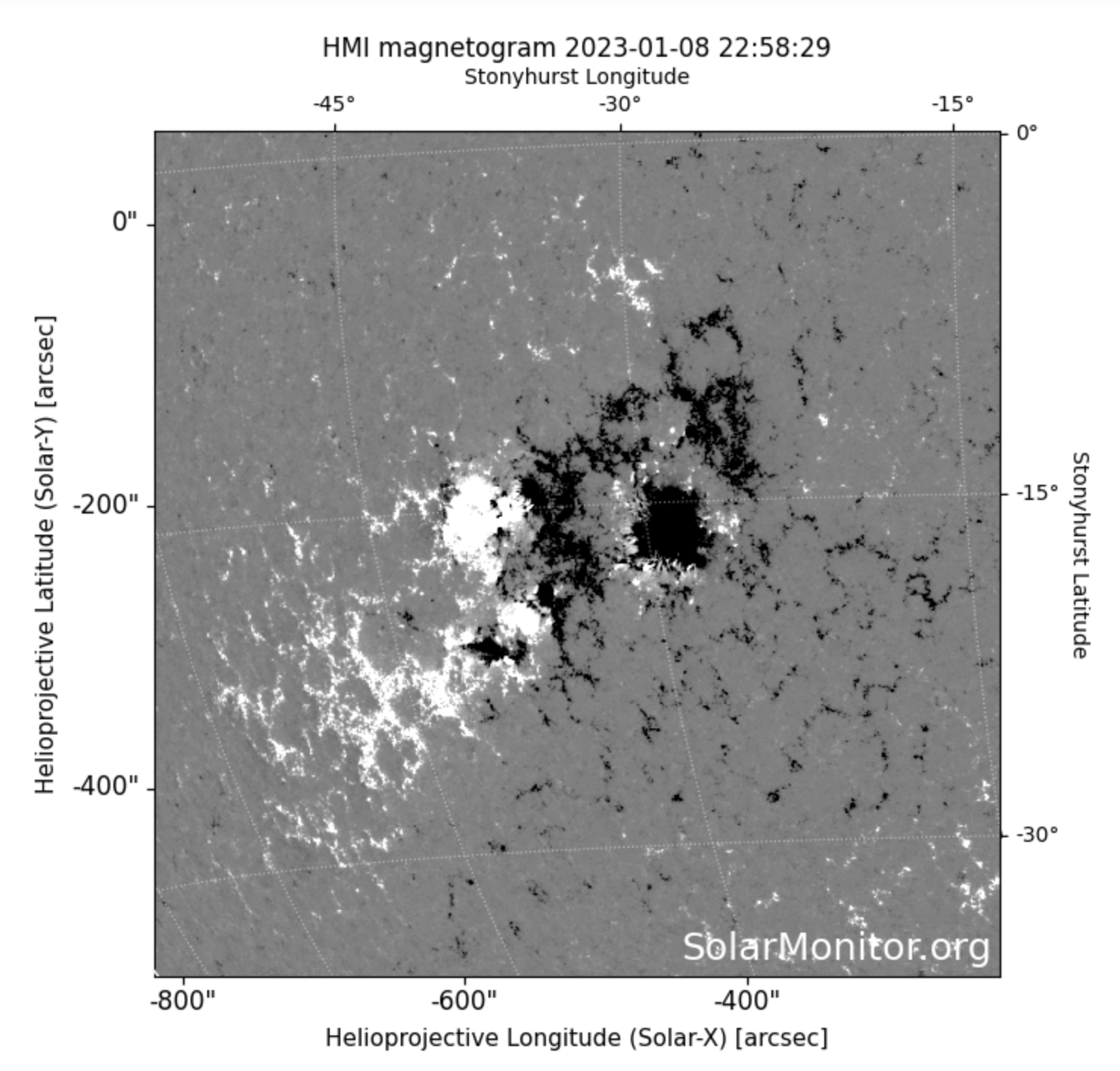
 
 
| Sunspot umbrae of opposite polarity shares the same penumbra. Delta spots are rarely designated, the examples here are beta-delta spots and beta-gamma-delta spots. Focus on the HMI continuum where shared penumbra have opposite polarity in HMI magnetogram. Delta designated spots are correlated with higher flaring activity. (2,3) |
β-δ – Beta-delta
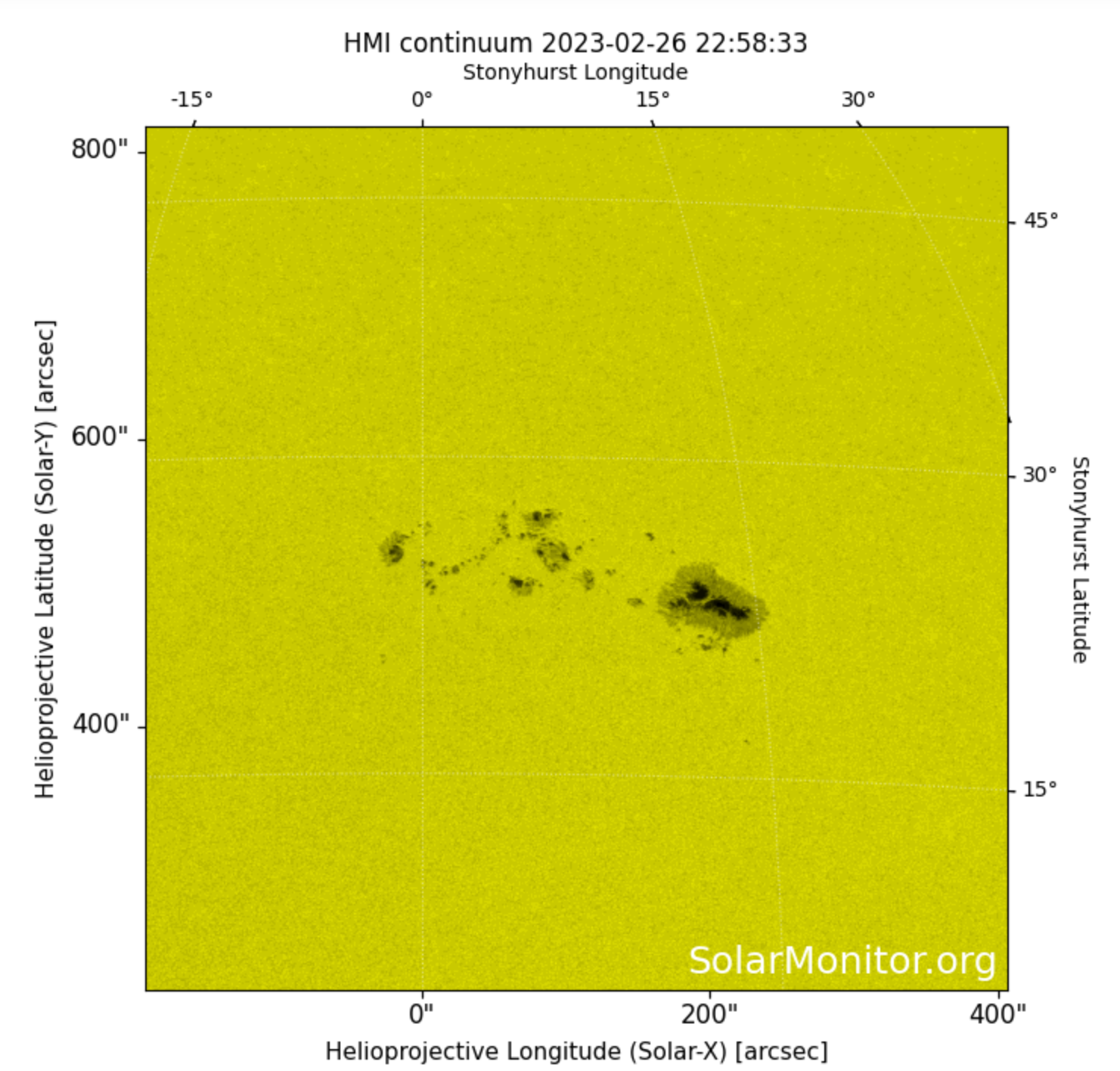 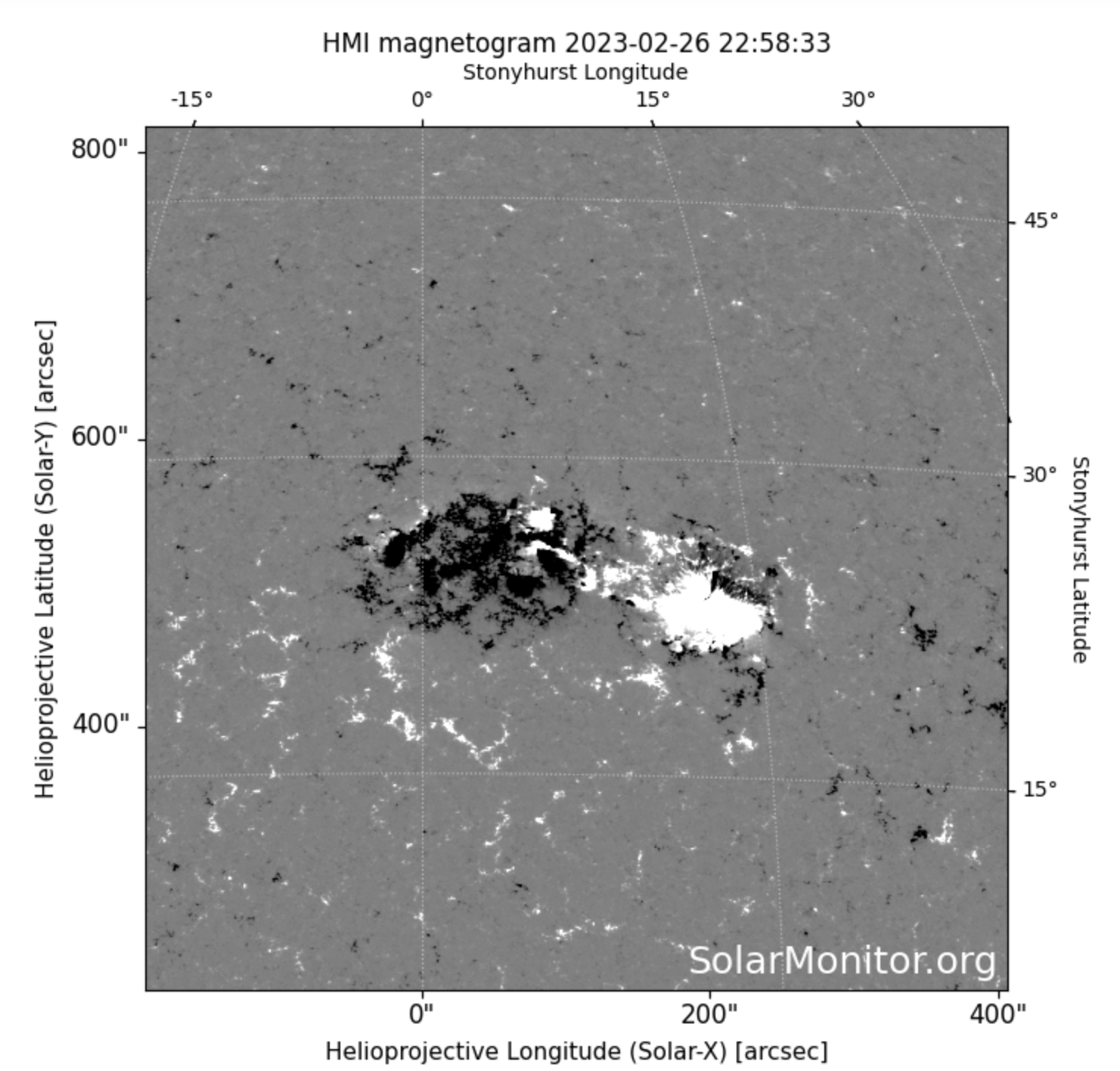
 
 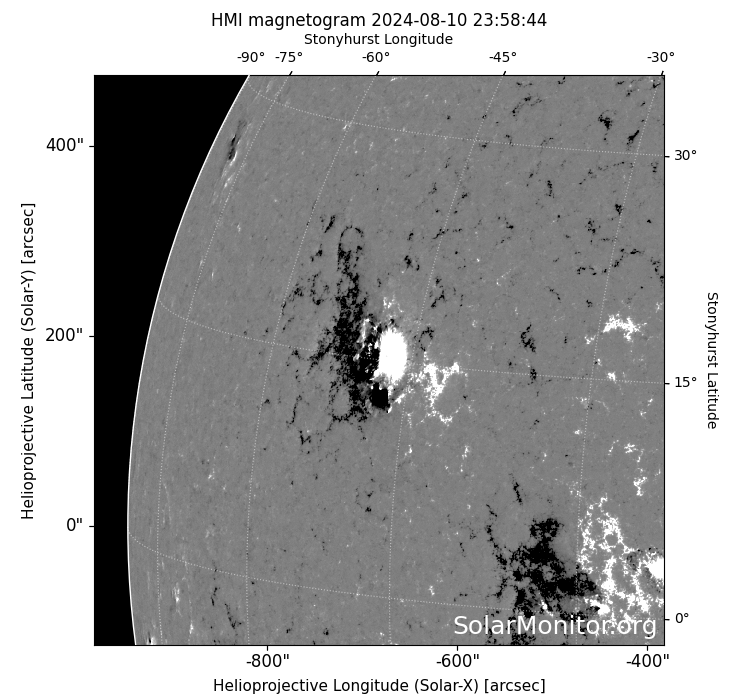
| General beta configuration with a sunspot or two with delta configuration |
β-γ-δ – Beta-gamma-delta
 
 
 
| Complex sunspot beta-gamma group with delta sunspots (most prone to high level flaring) |
γ-δ – Gamma-delta
 
| Unorganized magnetic configuration with delta sunspot regions. These regions are also rare with this one designated recently, then tracking back to 2000 for the next most recent designation. |
Created by: Rhiannon Fleming (MSU XRT graduate student)
References:
- Ref: Association of solar flares with magnetic complexity of the sunspot groups in solar active regions during solar cycles 23-25
- Ref: Zur klassifikation von sonnenfleckengruppen
- Jaeggli, S.A., and Norton, A.A. The magnetic classification of solar active regions 1992-2015. The Astrophysical Journal Letters, 820(L11). – need DOI









































